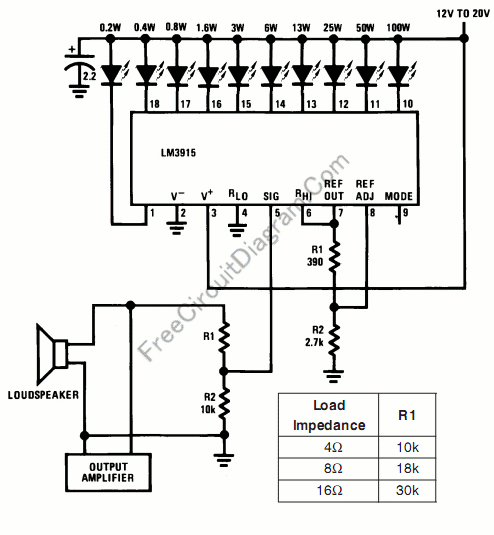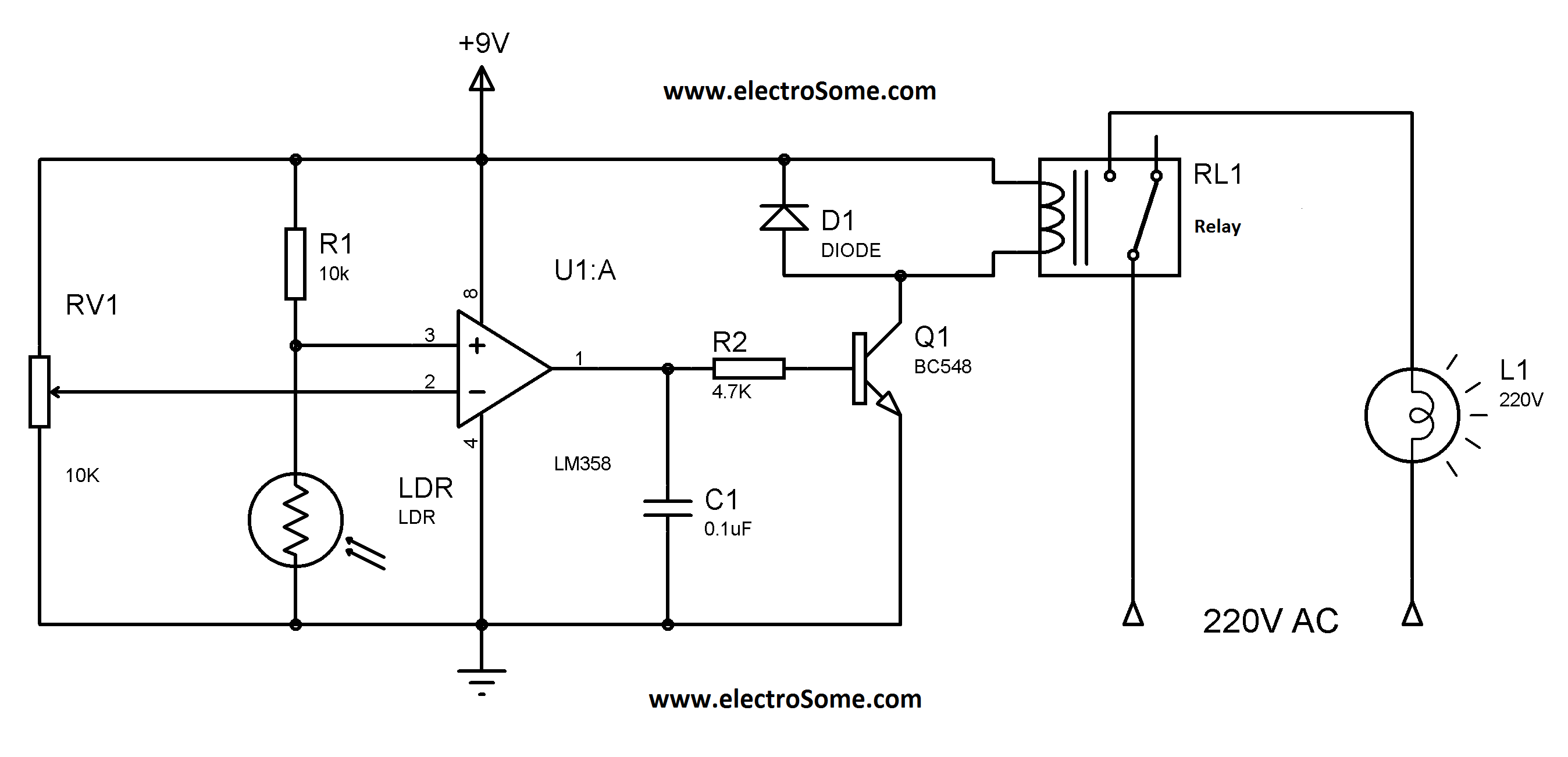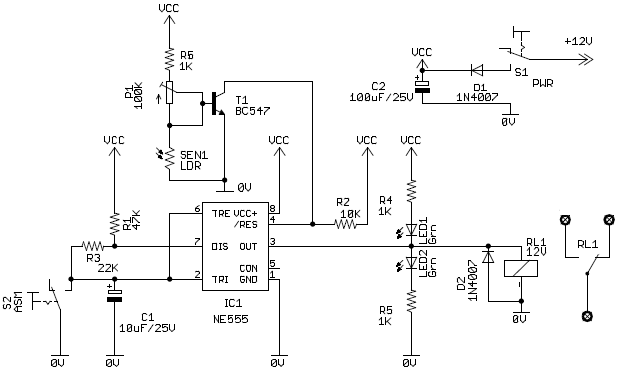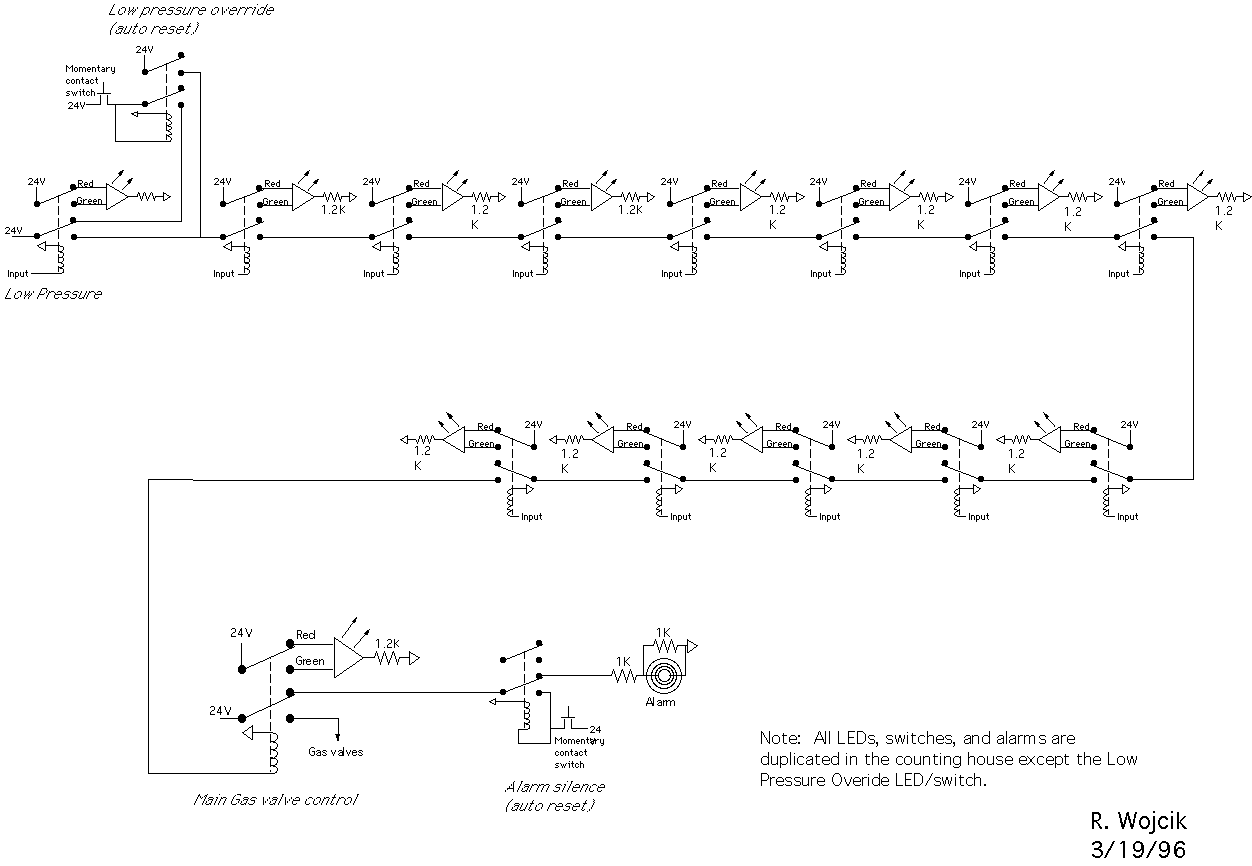
The MAX1407 Complete Data Acquisition System Simplifies Your System Designs
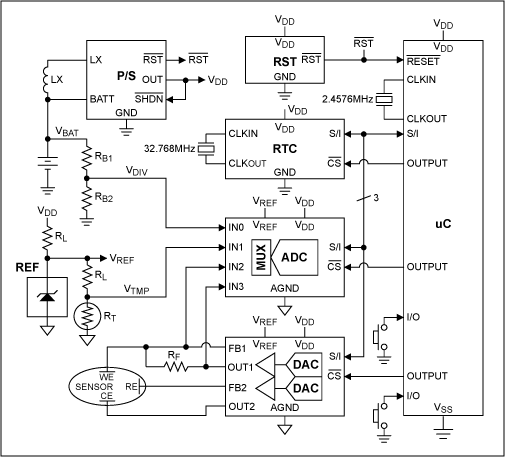
A design example for a portable data acquisition system is provided, which significantly simplifies the circuit design task.
The portable data acquisition system is designed to capture, process, and store data from various sensors and input devices. This system typically includes a microcontroller or microprocessor that serves as the central processing unit (CPU), interfacing with analog-to-digital converters (ADCs) to translate sensor outputs into digital signals.
Key components of the circuit include:
1. **Microcontroller**: The heart of the system, responsible for controlling the overall operation, data processing, and communication with external devices. It may include built-in ADCs or connect to external ADCs for enhanced performance.
2. **Analog-to-Digital Converter (ADC)**: This component converts analog signals from sensors into digital data that can be processed by the microcontroller. The selection of ADC is critical, as it affects the resolution and sampling rate of the system.
3. **Sensors**: Various sensors can be integrated, such as temperature sensors, pressure sensors, or accelerometers, depending on the application. Each sensor's output will need appropriate conditioning circuits, such as amplifiers or filters, to ensure accurate readings.
4. **Power Supply**: The system should include a portable power supply, such as batteries or a rechargeable power bank, to ensure operation in mobile environments. Power management circuits may be necessary to optimize battery life.
5. **Communication Interfaces**: To transmit data to external devices or networks, communication interfaces such as USB, Bluetooth, or Wi-Fi modules can be incorporated. This allows for remote monitoring and data logging.
6. **Data Storage**: Depending on the application, onboard memory (e.g., EEPROM or flash memory) may be used for local data storage, enabling the system to log data over time for later retrieval.
7. **User Interface**: A simple user interface, such as buttons or an LCD display, can be included to allow users to interact with the system, configure settings, and view real-time data.
The schematic design should ensure that all components are properly connected, with attention to signal integrity and power distribution. Ground planes and decoupling capacitors are essential for reducing noise and ensuring stable operation. Additionally, the layout should facilitate ease of assembly and maintenance, particularly in portable applications where space is limited.
This design example serves as a foundation for developing a versatile and efficient portable data acquisition system, suitable for various applications in fields such as environmental monitoring, industrial automation, and research.A design example for a portable data acquisition system is offered that greatly simplifies the circuit design task.. 🔗 External reference
The portable data acquisition system is designed to capture, process, and store data from various sensors and input devices. This system typically includes a microcontroller or microprocessor that serves as the central processing unit (CPU), interfacing with analog-to-digital converters (ADCs) to translate sensor outputs into digital signals.
Key components of the circuit include:
1. **Microcontroller**: The heart of the system, responsible for controlling the overall operation, data processing, and communication with external devices. It may include built-in ADCs or connect to external ADCs for enhanced performance.
2. **Analog-to-Digital Converter (ADC)**: This component converts analog signals from sensors into digital data that can be processed by the microcontroller. The selection of ADC is critical, as it affects the resolution and sampling rate of the system.
3. **Sensors**: Various sensors can be integrated, such as temperature sensors, pressure sensors, or accelerometers, depending on the application. Each sensor's output will need appropriate conditioning circuits, such as amplifiers or filters, to ensure accurate readings.
4. **Power Supply**: The system should include a portable power supply, such as batteries or a rechargeable power bank, to ensure operation in mobile environments. Power management circuits may be necessary to optimize battery life.
5. **Communication Interfaces**: To transmit data to external devices or networks, communication interfaces such as USB, Bluetooth, or Wi-Fi modules can be incorporated. This allows for remote monitoring and data logging.
6. **Data Storage**: Depending on the application, onboard memory (e.g., EEPROM or flash memory) may be used for local data storage, enabling the system to log data over time for later retrieval.
7. **User Interface**: A simple user interface, such as buttons or an LCD display, can be included to allow users to interact with the system, configure settings, and view real-time data.
The schematic design should ensure that all components are properly connected, with attention to signal integrity and power distribution. Ground planes and decoupling capacitors are essential for reducing noise and ensuring stable operation. Additionally, the layout should facilitate ease of assembly and maintenance, particularly in portable applications where space is limited.
This design example serves as a foundation for developing a versatile and efficient portable data acquisition system, suitable for various applications in fields such as environmental monitoring, industrial automation, and research.A design example for a portable data acquisition system is offered that greatly simplifies the circuit design task.. 🔗 External reference
